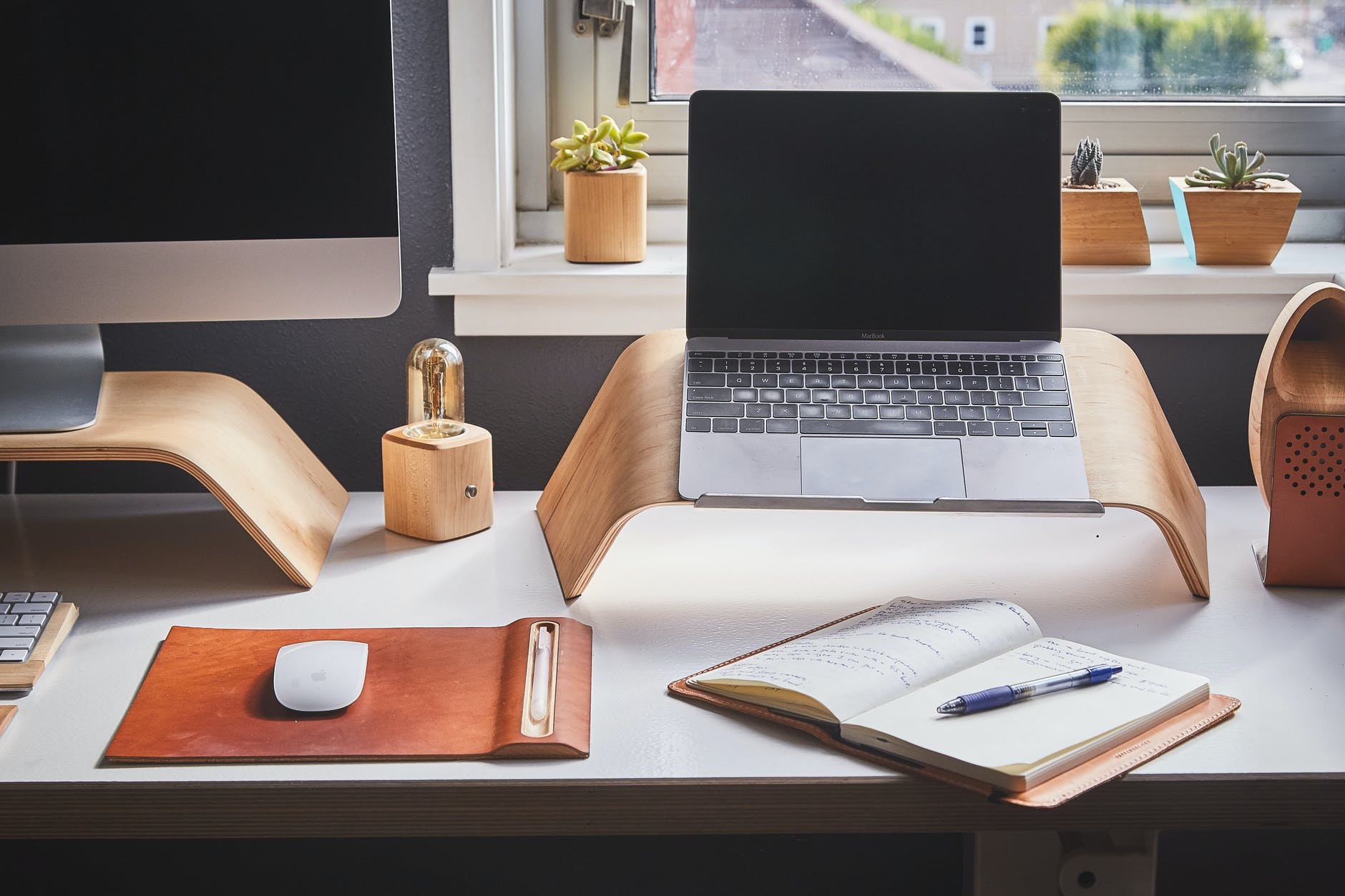Expect working from home to continue for a prolonged period of time. This year, COVID-19 catalysed the work-from-home revolution, with Hong Kong among the early adopters of this setup in response to the pandemic. It hasn’t been easy for both employers and employees, but both sides have adjusted quite well, and are proving that remote work on a grand scale is feasible for the long term.
“COVID-19 has been the catalyst to prove that working from home is an effective option,” says Kirti Lad, executive director of Hong Kong-based Meraki Executive Search & Consulting. “The outbreak shows that changes can be made to the traditional model of working.”
Indeed, Hong Kongers are making working from home work, and they will continue to do so moving forward as they learn how to be more efficient. One of the most important ways, arguably, is making one’s home conducive for work — a task that seems daunting, work-intensive, and time-consuming. It will take some work and a bit of your time, but it actually isn’t anything you can’t handle. That is if you follow the simple tips below:
Have a specific space for work
You don’t necessarily have to make your entire home conducive for work. All you have to do is find a spot in your house that can serve as your dedicated workplace. The article ‘30 Tips for Professionals Working from Home During the COVID-19 Pandemic’ explains the wisdom behind this, as having your own dedicated spot for working ensures a degree of privacy that, in turn, helps minimise distractions and enhance productivity as a result.
The great thing is that this workstation needn’t be anything fancy or elaborate. It is something as simple as having a work desk in a small and cozy corner of your house. However, if there’s an extra room in the house that you can convert into your office, then do so by all means. Then, all you have to do is optimise this dedicated workplace to turn it into a haven for productivity. Following the succeeding tips will surely help you in that regard.
Let natural light in
Good lighting is vital to any workspace anywhere. Having said that, look to let as much natural light in as possible. The post on ‘How to Design the Ideal Home Office’ details how natural daylight has all the colours in the spectrum in nearly the same amounts, thus making it “the most evenly balanced source of white light available.” This is why it’s the most beneficial kind of light available and the one that’ll make your workspace most conducive for work.
So, look to place your desk near windows. While you’re at it, open up all other windows so that natural light fills as much real estate as possible. Install new ones where necessary, too, so you can maximise the sunlight’s mood-boosting benefits. In the lack of or complete absence of natural light, consider installing daylight-replicating light sources, not only in your home office, but in every part of the house.
Improve the air quality of your home
Our previous article on ‘Indoor Air Quality – Getting it Right for Health and Productivity’ notes that poor quality indoor air adversely affects cognitive performance, and by extension, your ability to be productive. That, in turn, can make any home a challenging environment to work in.
The solution, obviously, is to improve your home’s air quality, and you can start by knowing exactly what’s in the air you’re breathing by installing uHoo – the most advanced indoor air quality sensor available today. Once you know what’s compromising your indoor air’s quality, you can then make the necessary changes — cleaning more often or getting air-purifying plants such as snake plants — to improve the air you’re breathing.
‘Play’ with colours
A Forbes article on making a home office productive points out that your home’s colours can affect how you work. The colour red, for instance, is linked to boosting energy, while blue is associated with spurring creative thinking. Green, meanwhile, is said to produce a calming effect.
Patrick McCrae, the CEO of UK art consultancy, ARTIQ says: “Block colours and strong lines are proven to help with tasks that require focus and concentration, whilst abstract content and neural palettes are preferable when promoting calm and tranquility… If you are looking for inspiring content, use bright strong colours with refined compositions.” So, do experiment with colours! Find the combinations that work for you.
Some have called large-scale working from home as a grand experiment, and it is to a certain extent. That said, don’t get disheartened if you experience growing pains. You’ll eventually figure things out, especially when you make your home more conducive for work.







